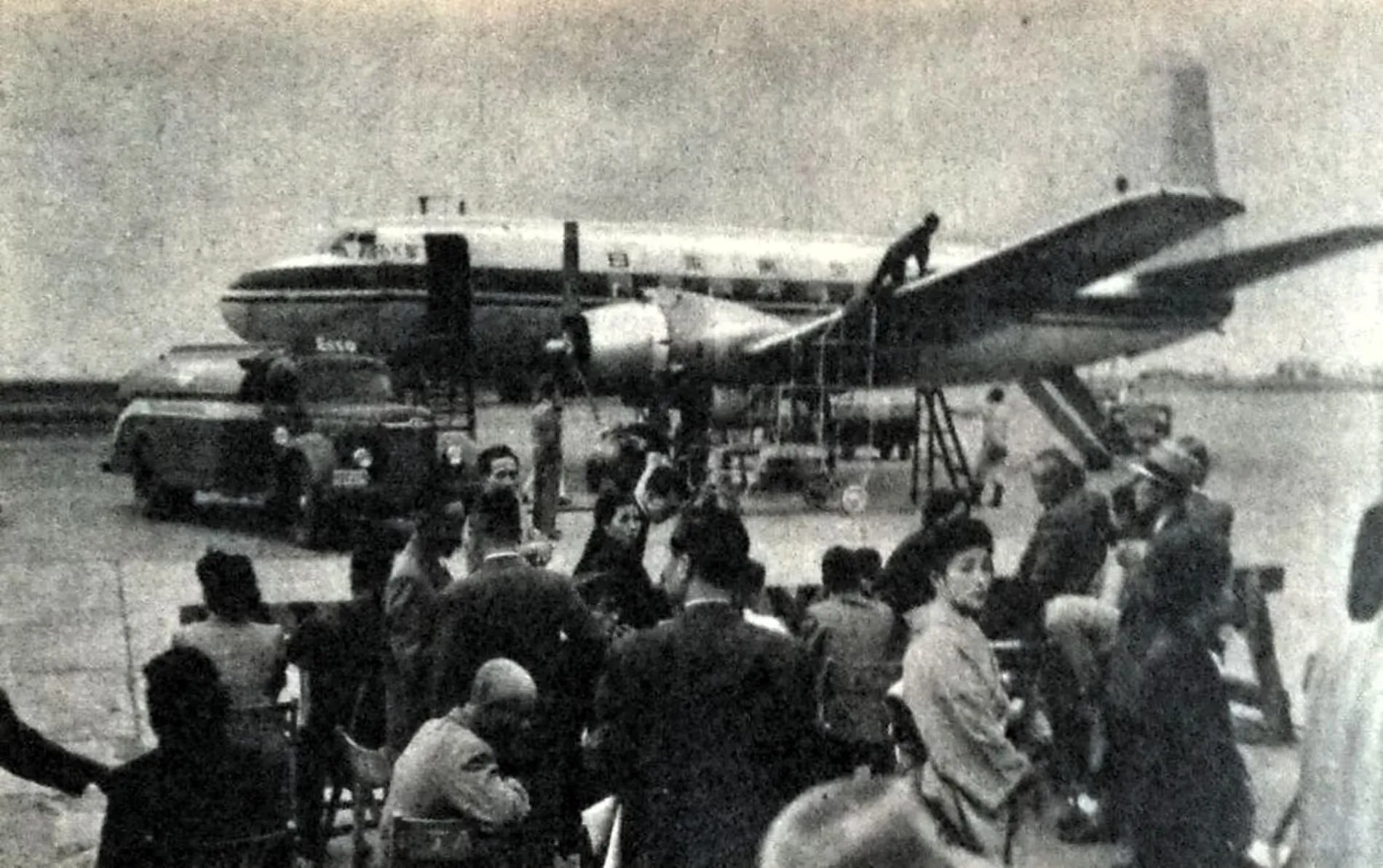DALLAS — Today, in 1951, Japan's first postwar domestic airline service commenced with a Martin 202 aircraft named Mokusei and crew leased from Northwest Orient Airlines subsidiary TALOA.
1951 saw a movement to resume civil aviation, which had been banned after the war. That year, Japan Air Lines (JL) embarked on its journey as Japan’s national airline, culminating in establishing the company and launching domestic air services in a country still in ruins from Allied bombing raids throughout the Pacific War.
The process to launch a domestic service began on January 17, when a temporary office was set up in Tokyo's Nihonbashi district to establish JL. By March 31, JL had applied for a license to operate domestic flights. This request gained momentum on May 12, when the Transportation Council recommended JL as a qualified domestic airline, with Mr. Aiichiro Fujiyama representing the company.
Shortly after, on May 14, the first establishment committee meeting was held, where Fujiyama was elected Chairman and Mr. Seijiro Yanagida became President. On May 22, JL officially acquired an air transport license, merging with Japan Air Transportation to strengthen its domestic flight capabilities.
The airline formalized its operations throughout the summer, holding foundational meetings and electing key executives on July 31. By August 1, Japan Air Lines Inc., the precursor of the current airline, was formally established with a capital of 100 million yen and headquarters in Tokyo’s Ginza district.
Expansion followed rapidly: branch offices were set up in Fukuoka and Sapporo by August 15 and Osaka by September 1, and a unique company emblem was introduced on September 20.
On October 25, JL launched Japan’s first post-war civil aviation service with the Martin 202 aircraft, connecting Tokyo, Fukuoka, and Osaka. This marked the rebirth of Japanese domestic air travel, accompanied by the introduction of JL’s first stewardess uniforms and its first in-flight meal service.

International Foray
On April 18 the following year, the airline applied to the country's Ministry of Transport to operate international flights. the Japanese government had understood the need to build a dependable aviation system to assist the country's growth, and approval was granted. Its first overseas flight took place on December 21, 1952. A special charter was flown from Tokyo to Manila to return the body of the Philippine Ambassador to Japan following his death.
On August 1, 1953, the National Diet passed the Japan Airlines Company Act (日本航空株式会社法, Nihon Kōkū Kabushiki-gaisha Hō), establishing a new state-owned Japan Airlines on October 1.
The new airline inherited all the assets and liabilities of its private predecessor. By 1953, the JL network had expanded northward from Tokyo to Sapporo and Misawa and westward to Nagoya, Osaka, Iwakuni, and Fukuoka.
Today, the Japanese flag carrier is one of the world's premier airlines, joining the oneworld Alliance in 2007. With hubs at Tokyo’s Haneda and Narita airports, JL serves 376 airports across 64 territories/regions, including on its codeshare partners.
Featured image: October 25, 1951 photo from Tokyo of the first JL Martin 202 flight preparing to load for Osaka and Fukuoka.




